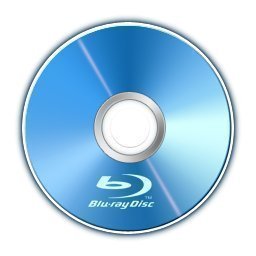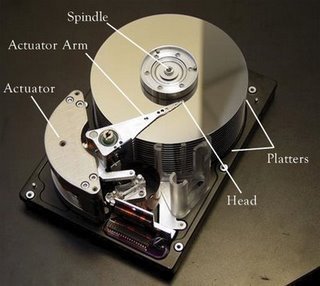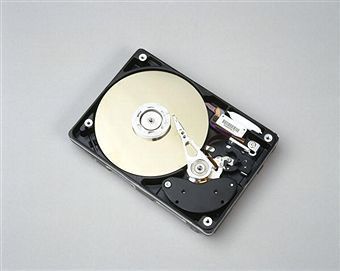Blu-ray is an optical storage format developed by Sony and Phillips. It was created to store large amounts of high definition video and sound. Blu-ray’s name came from the type of laser it uses to read and write data. The laser is a hue of blue-violet. A blue-violet laser has a shorter wavelength than the normal red lasers used today.
How Does Blu Ray Work?
Before answering how it works, it is important to understand why it is the superior disk. To begin with, a Blu Ray disk can hold up to 27 GB of data. This means that it can hold up to 2 hours of a high definition movie. Regular DVDs can’t do that. They can hold only about 4.7 GB of data. In other words, a standard DVD can only hold enough for a regular movie let along a high definition. Unlike a DVD which uses a red laser, Blu Ray–hence the name–uses a blue laser. Because the blue laser has a shorter wavelength (405 nanometers), it can focus better on individual pits. A Blu Ray laser is able to read a pit that is 0.15 microns in size. This is two times smaller than the average size pit that a red laser can read. When spread out on an average Blu Ray disk, it’s easy to understand why Blu Ray is able to hold more information.
So, a Blu Ray player works by hitting the individual pits on a Blu Ray disk with a highly targeted blue laser. Because of its short wave length, it can be more focused than the red laser used by a DVD player. Therefore, the quality is greater and the amount of data that can be stored on the disk is greater.
Blu-Ray’s Advantages and Disadvantages
Being on the shorter wavelength end of the light spectrum, the blue laser can store much more data using the same space because of a much smaller “spot size” requirement. Blu-ray’s 405nm wavelength blue-violet laser uses an 0.85nm pickup aperture.
Single-layer Blu-ray disks currently store 23.3GB of data, while dual-layer Blu-ray disks store 46.6GB of data.
There is currently a market war between HD DVDs and Blu-ray DVDs. These two types of DVDs are competing for the new media form title. Neither media type has made enough in-roads to gain the championship title.
Blu-ray DVD’s most important benefit is that it holds more data on one disc, allowing high definition audio and video. The more data on the disc, the more data can be read to give a clearer picture with more color and vividness.
Sony’s PlayStation is certainly making blu-ray an important part of the consumer electronics market. The Sony PlayStation includes a basic blu-ray DVD player, which might cause its sales to increase, making it the de facto standard.
One of the disadvantages is that they are quite expensive. For instance, players cost about $1,000 and DVDs are more expensive than their standard counterparts. 
Blu-ray Technology
BD Formats
There are three formats being developed for Blu-ray technology: the BD-ROM or Blu-ray read-only disc format, used to store movies, computer games, and software; the Blu-ray recordable or BD-R, which gives users the opportunity to store more data and HDTV recordings on one disc, and the BD-RE or Blu-ray rewritable disc format that allows users to change the disc’s contents.
Disc Capacity
Blu-ray technology enables users to store an average of 25GB-27GB of data on just one layer. This is equivalent to 4 hours of HD video and audio. Moreover, Blu-ray dual layer discs have a storage capacity of up to 54GB.
Supportable File Formats
Blu-ray discs support different file formats such as MPEG-2, MPEG-4, and High Profile AVC and VC-1 coder decoders that enable the discs to store up to four hours of HDTV audio-video per layer. It also supports different multi-channel audio file formats, such as the different file formats of Dolby and DTS as well as PCM audio file formats. BD rewritable and recordable disc formats are backwards compatible with older formats such as MPEG-2, while newer codecs enable Blu-ray technology to support new file formats in the future.
Regional Codes and Security
For security, Blu-ray supports mandatory HDCP encrypted output, ROM-Mark watermarking, BD+ dynamic cryptology, and the Advanced Access Content System (AACS).
Blu-ray discs have several regional codes: one for countries in North America, one for countries in east Asia (except China and Japan), one for other parts of Asia, and one for countries in Europe and Africa.




Follow Us!